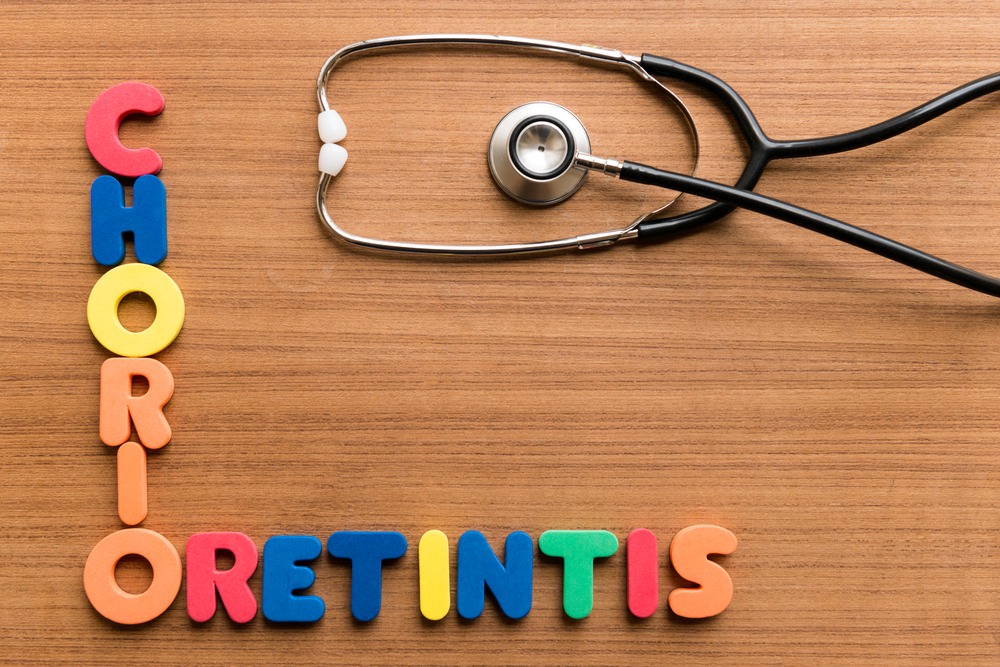Chorioretinitis is an inflammation of the retina or a short coat of the eye that is inflamed. One of the things that eliminate waste is the choroid. It helps in giving nutrition and cleaning waste in the retina. It also helps to provide a fresh and cool effect against the heat caused by the visual process. When you say chorioretinitis, it is a type of posterior uveitis that severely impacts eye health. It can destroy the eye that may lead to some severe problems like vision loss. The eye posterior has two segments; it consists of optical structures and anterior hyaloid of the membrane. You can see the retina and optic nerve behind the structures.
The leading cause of chorioretinitis is the infection or other disorders that may cause the problem to appear in the past condition. There are many causes why chorioretinitis happens; it can be by eye bruising, AIDS, and bacterial infections in some newborn babies. These may increase the infection in the eye which may cause severe complications. Chorioretinitis has lots of different types, including toxoplasmic chorioretinitis, that makes severe cases in the US.
These are the factors that will increase the risk of getting the disease.
- Autoimmune disorders
- Rheumatoid arthritis
- Polyarteritis nodosa
- Granulomatosis
- Infectious disease including Syphilis
- Tuberculosis
- Congenital toxoplasmosis
- HIV/AIDS
- Weak immune system
- Exposure to pets, raw meat, or contaminated water that can be dangerous to your health


